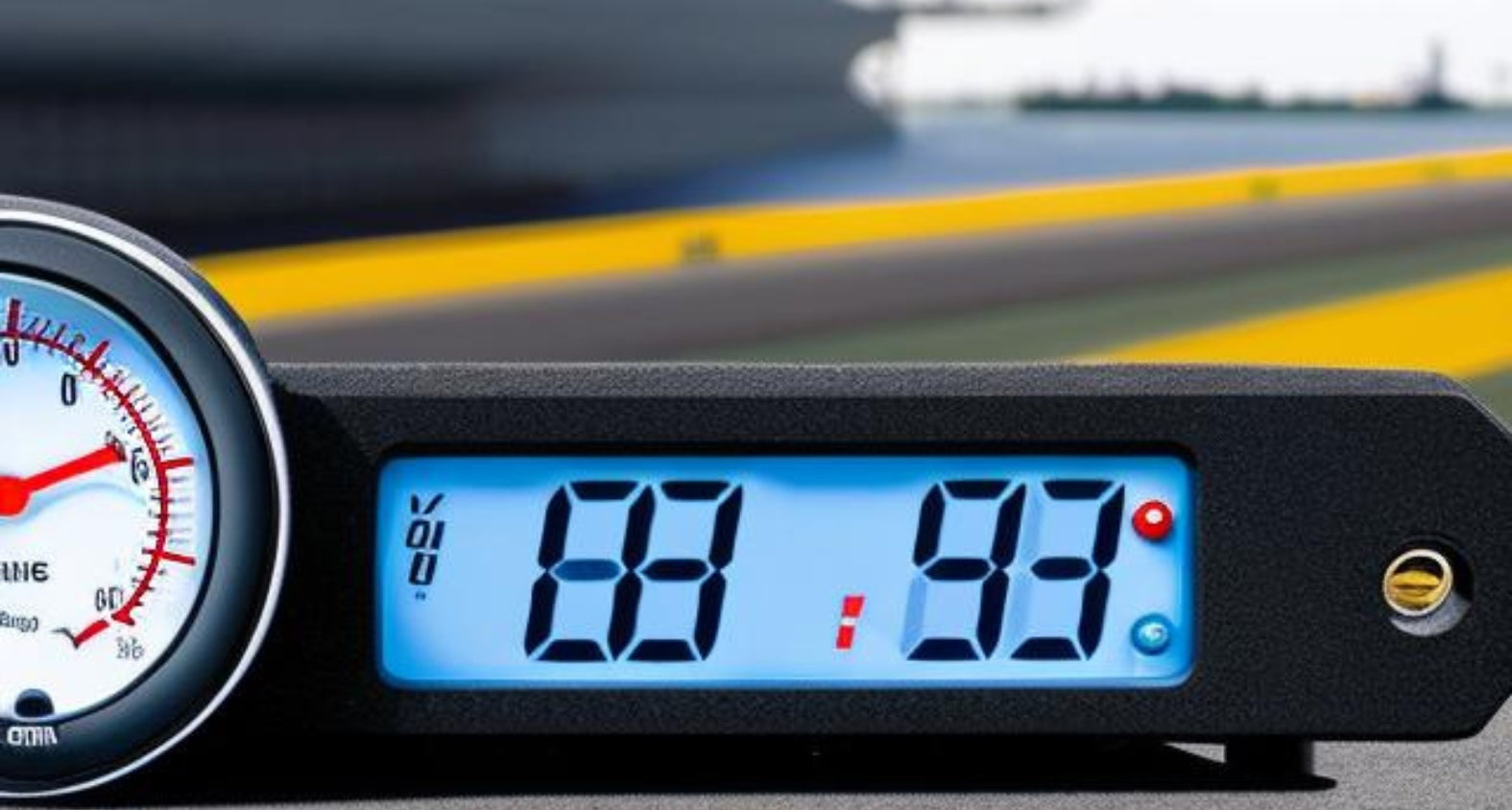Instrumentation is the backbone of industrial processes, ensuring seamless operations by monitoring crucial variables like pressure, temperature, and flow rate. In this informative guide, we'll explore three fundamental instruments – pressure gauges, thermometers, and flow meters – shedding light on their types, functionalities, and significance in industrial settings.
Pressure Gauges: Unveiling the Basics
Pressure gauges are indispensable tools for measuring gas or liquid pressure within closed systems. They come in various types, each serving unique purposes:
-
Bourdon Tube Pressure Gauges: Featuring a curved tube sealed at one end and connected to the pressure source at the other, Bourdon tube gauges detect pressure changes by straightening the tube, reflected on the dial's pointer.
-
Diaphragm Pressure Gauges: Utilizing a flexible membrane to gauge pressure variations, diaphragm gauges translate deflections into dial movements, providing accurate pressure readings.
-
Differential Pressure Gauges: Monitoring pressure disparities between two system points, these gauges facilitate flow rate monitoring, filter condition assessments, and other critical process evaluations.
Thermometers: Decoding Temperature Measurement
Temperature control is paramount in industrial processes, and thermometers are the go-to instruments for accurate temperature assessment. Here are the main types:
-
Bimetallic Thermometers: Employing two bonded metal strips with different expansion rates, bimetallic thermometers register temperature changes through strip movements, reflected on the dial.
-
Gas Thermometers: These instruments utilize gas-filled bulbs linked to capillary tubes, where temperature-induced gas expansions or contractions translate into dial movements via liquid displacement.
-
Digital Thermometers: With electronic sensors for temperature detection, digital thermometers offer precision and readability, making them ideal for applications demanding exact temperature control.
Flow Meters: Navigating Fluid Dynamics
Flow meters are indispensable for measuring liquid or gas flow rates in closed systems, crucial for maintaining product quality and operational efficiency. Here are the primary types:
-
Differential Pressure Flow Meters: Employing the Bernoulli equation, these meters calculate flow rates by assessing pressure differentials across the system, converting them via a calibration curve.
-
Positive Displacement Flow Meters: Utilizing rotor or piston displacement counts, these meters quantify flow rates by measuring how many times a fixed fluid volume displaces.
-
Turbine Flow Meters: Equipped with rotating blade rotors, these meters gauge flow rates proportional to rotor rotations, facilitating precise flow rate determination via sensor data.
Tips for Instrument Selection
Choosing the right instrumentation demands careful consideration of critical factors:
-
Process Variables: Identify essential variables like pressure, temperature, and flow rate.
-
Accuracy Requirements: Match instrumentation accuracy with application demands.
-
Operating Conditions: Ensure chosen instruments operate within required environmental conditions.
-
Maintenance Needs: Opt for instruments with low maintenance requirements to minimize downtime.
-
Budget: Select instruments that align with budget constraints while meeting performance criteria.
In conclusion, mastering industrial instrumentation empowers operators to maintain optimal conditions, prevent equipment failures, and ensure product quality. By understanding instrument types and selection criteria, operators can navigate complex industrial landscapes with confidence, minimizing costly downtime and maximizing operational efficiency.

